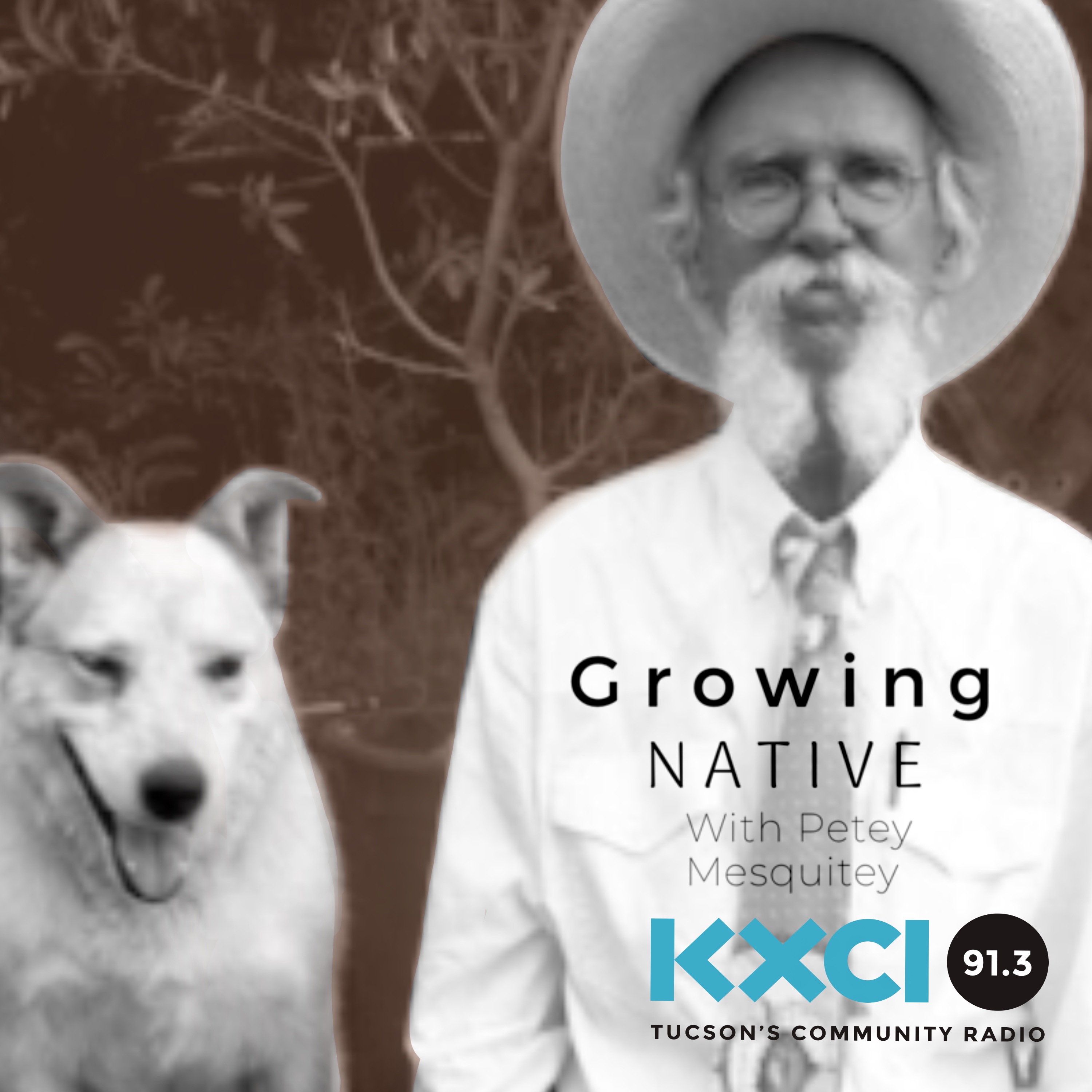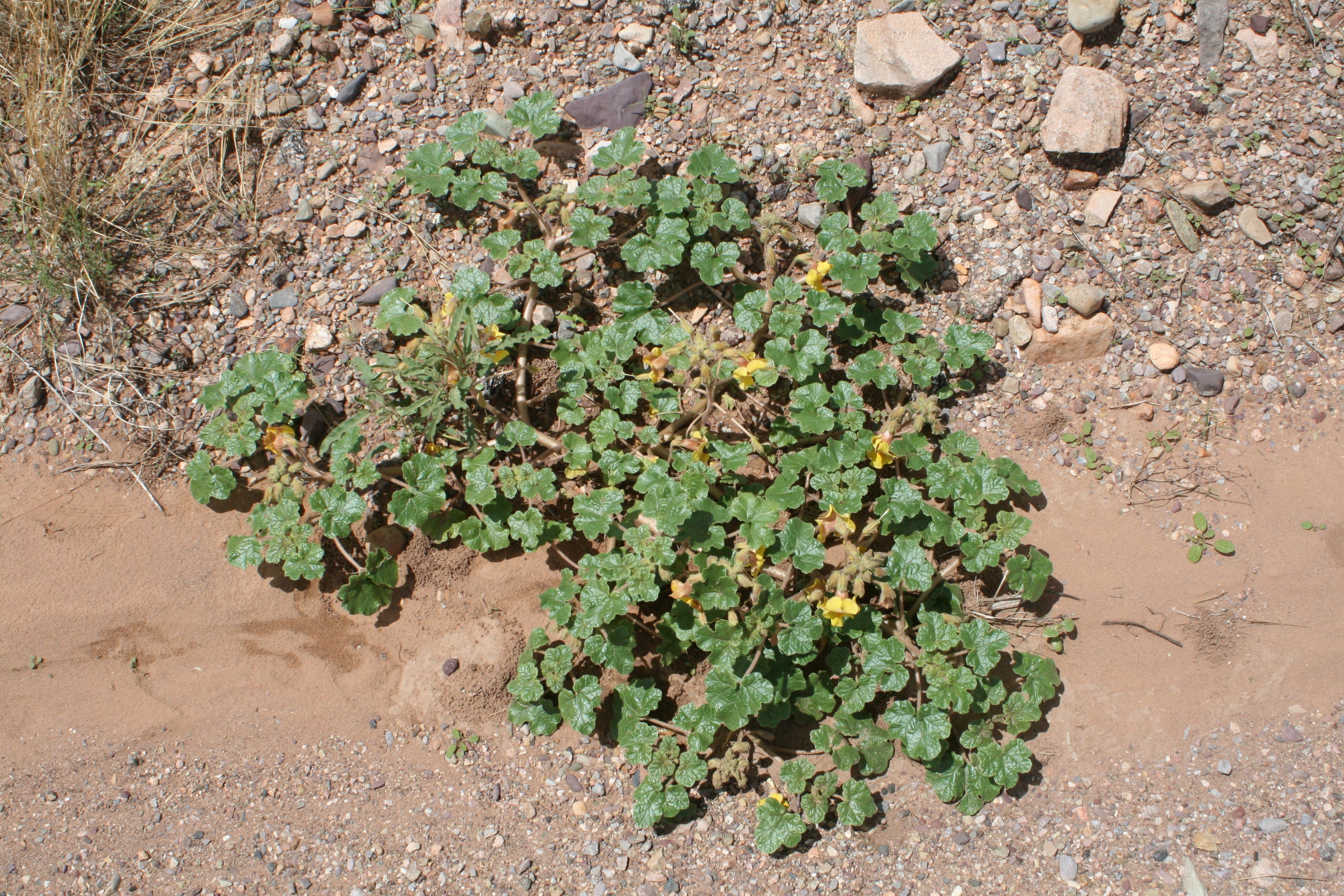This the start of my “mud dauber research” as I have much to learn about these wasps that fly around the Mesquitey collection of cool stuff (the kids’ inheritance) in our barn.
Chalybion californicum is the metallic blue black wasp. Both male and female feed on nectar and they are easily spotted on blooming plants like thimblehead (Hymenothrix wislizeni). The female, however does all the nest building…well, she finds old nests of Sceliphron cementarium (or caementarium, I found it both ways) and refurbishes them to her liking. So it’s the female Sceliphron caementarium that builds the original mud cells and Ms. Chalybion remodels and adds additions. That’s pretty cool.

When I followed these wasps around the barn I realized that they were also searching for spiders and there are plenty. So the barn not only offers a place for the mud nests, but also a hunting ground. Oh, I should point out that these mud daubers are not aggressive so I’m not afraid of getting chased or stung. Maybe if I had four more appendages I would worry, but I’m also too big to stuff in a mud cell.
Both of these wasps are in the insect order Hymenoptera. Hymenoptera is one of the largest insect orders in the world and it includes bees, wasps, ants and saw flies. If you want to learn more about Hymenoptera I recommend the book Bees, Wasps and Ants by Eric Grissell. What a wonderful author. The book is so readable for novices like myself, and no you may not borrow my copy.
The photos of the mud nests are mine. The top photo of the Sceliphron caementarium ( check out the waist!) is by Jeremey Benavides. The photo of the metallic blue Chalybion californicum is by unknown and from Bug Guide. Always a treasure trove of photos to be found at that site.



It’s pretty hard to go wrong no matter which way you head into the borderlands of southeastern Arizona. On the day that we turned...

Who hasn’t gotten hooked by a dry devils claw pod on a walk in the borderlands. So pesky and yet so interesting looking, it’s...

Phemeranthus aurantiacus, the former Talinum aurantiacum, is now in Talinaceae, the flameflower family, “a family of two genera and 28 species.” There’s more; the...